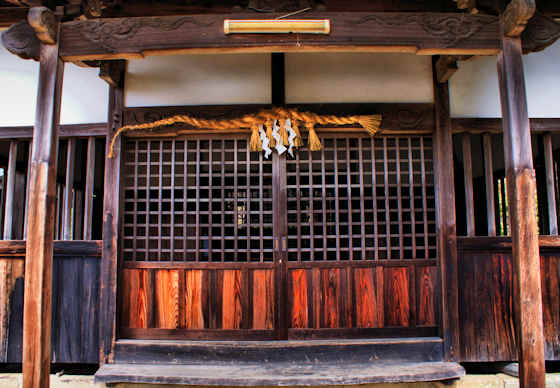Sunday, February 4, 2024
Korin-in Temple 72 on the Kyushu pilgrimage
Friday, February 2, 2024
Kakaji Betsugu Hachiman Shrine
Thursday, February 1, 2024
A Walk Around Kyushu Day 66 Haiki to Sasebo
A Walk Around Kyushu Day 6 Haiki to Sasebo Saturday March 8th 2014
For the last week or so of my pilgrimage there have actually been very few pilgrimage temples to visit. There have been days of walking between some of them, but the next few weeks that will see me completing the walk around Kyushu there are many pilgrimage temples so I will be visiting several a day. I will not be following the route suggested in the guidebook, which was written for people driving the route, but will zig zag somewhat in a route that makes more sense for someone walking. Like today I will be based in Sasebo and go out by train to each section of the walk. This has the advantage of me not having to carry a full pack, just a day pack.
Once I start out at Haiki the sun comes up and for a while, I walk along the bank of the Haiki Strait so have a wonderful view of golden reflections in the still water. I start to head East, inland up a river. I will be returning to Sasebo tonight but now I am heading directly away from it. The road climbs to a pass and then drops down to the Kawatana River valley and I head up it to the first temple of the day. Tozenji, number 66 on the pilgrimage, and like all the others belonging to the Shingon sect.
Where the main hall should be is just a flat area of gravel with strings stretched out marking where I presume the new hall will be built. A young priest comes out of a building and invites me inside for tea. Like all the priests I have met on this journey he expresses surprise at a foreigner walking the pilgrimage. I ask and receive permission to go through the fence and explore behind the temple. There is a narrow gully filled with mossy rocks on top of which stand small statues wearing red hats and bibs. The color combination of moss green with vermillion has come to be iconic for me. I say my farewell and he gives me some fruit and snacks to take with me.
I continue north towards Hasami town center then turn west and head towards Sasebo. I pass a lot of brick chimneys though most of them have derelict buildings underneath. Across the hills is Arita, famous for porcelain. Here in Hasami they make porcelain too, though it is not as famous. The chimneys belong to old potteries. I come to a busier main road and a few hundred meters along see a roadside diner, a Big Man burger joint. Sasebo Burgers are quite famous, an excellent article on them can be found here LINK so I stop for lunch, and I have to say it was an excellent meal, among the best burgers I have ever had in Japan.
Along the road at Mikawachi I join up with the railway and main road heading into Haiki and on to Sasebo. I head off the main road and meander up to the next temple, number71, Jyosen-ji. There is nothing outstanding here, though a path lined with 33 Kannon statues leads through manicured bushes. So back to the main road. It's now urban all the way in and other than a few shrines there is nothing much to report until in the southern part of downtown Sasebo I turn up through the entrance gate of Seigan-jitemple. It's not on the pilgrimage but seems to be the most interesting temple in Sasebo. Its a fairly long walk up into the wooded hillside, and turns out to be well worth the visit. The many buildings are situated next to a cliff which has numerous altars within overhangs, but the main thing is there are lots of statues. It's peaceful as the hum of the city does not reach in, and the diversity of statues keeps me occupied with taking photos.
Walking the last kilometer it is still sunny and so I decide to go on to the next pilgrimage temple today rather than tomorrow morning. It's less than a kilometer from my hotel and located on a hillside with a bit of a view over the city towards the port. All the buildings at Daichi-in, temple 104, are concrete, but there are some small plum trees in bloom, a massive paper lantern hanging over the steps to the main hall, and a couple of older wooden Nio so there is a little atmosphere. And that’s it for the day, I'm off to explore the nightlife and dining possibilities of Sasebo.
Tuesday, January 30, 2024
Sakurai Family Samurai Mansion
Monday, January 29, 2024
Shrines of Day 66
While walking around the countryside near Sasebo in Nagasaki on the 66th day of my walk along the Kyushu pilgrimage I stopped in at any shrines that I passed. At the start of the day I visited a largish Sumiyoshi shrine in Haiki, and a little later Hasami Shrine next to Tozenji Temple. All the other shrines I visited that day were quite small and no information boards.
Saturday, January 27, 2024
The Art of Taisanji Temple








































































